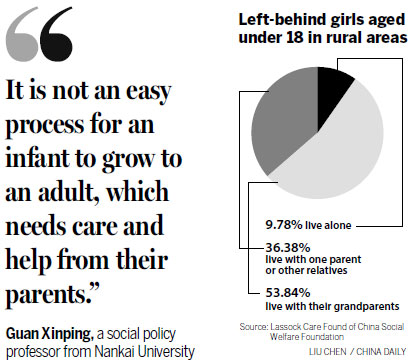### Exploring the Different Types of Student Loan Repayment Plans: A Comprehensive Guide
Guide or Summary:Standard Repayment PlanGraduated Repayment PlanExtended Repayment PlanIncome-Driven Repayment PlansWhen it comes to managing student loans……
Guide or Summary:
When it comes to managing student loans, understanding the various types of student loan repayment plans is crucial for borrowers. With the rising cost of education, many students find themselves in debt, and selecting the right repayment plan can significantly impact their financial future. In this guide, we will explore the different types of student loan repayment plans available, helping you make an informed decision.
Standard Repayment Plan
The Standard Repayment Plan is the most straightforward option for borrowers. Under this plan, students repay their loans in fixed monthly payments over a period of 10 years. This option is ideal for those who can afford to pay more each month and want to minimize the interest paid over the life of the loan. The predictability of fixed payments can also help borrowers budget their finances effectively.
Graduated Repayment Plan
The Graduated Repayment Plan is designed for borrowers who expect their income to increase over time. With this plan, payments start lower and gradually increase every two years, with the loan being paid off within 10 years. This option can be beneficial for recent graduates who may not have a high starting salary but anticipate earning more in the future.

Extended Repayment Plan
For borrowers with larger amounts of student debt, the Extended Repayment Plan allows for a longer repayment period of up to 25 years. Payments can be fixed or graduated, providing flexibility for borrowers. This plan can lower monthly payments, making it easier to manage finances, but it may result in paying more interest over time.
Income-Driven Repayment Plans
Income-driven repayment plans are tailored to borrowers with fluctuating incomes or financial hardships. These plans cap monthly payments at a percentage of the borrower’s discretionary income, making them more affordable. There are several types of income-driven repayment plans, including:
- **Income-Based Repayment (IBR)**: Payments are capped at 10% to 15% of discretionary income, with forgiveness after 20 to 25 years.

- **Pay As You Earn (PAYE)**: Similar to IBR, but payments are capped at 10% of discretionary income, with forgiveness after 20 years.
- **Revised Pay As You Earn (REPAYE)**: This plan has no cap on payments, but it offers forgiveness after 20 years for undergraduate loans and 25 years for graduate loans.
- **Income-Contingent Repayment (ICR)**: Payments are based on income and family size, with forgiveness after 25 years.

These plans can provide significant relief for borrowers struggling to make their payments, but they require careful consideration and planning.
Choosing the right repayment plan is a vital step in managing student loans effectively. Understanding the different types of student loan repayment plans can empower borrowers to select an option that aligns with their financial situation and goals. Whether opting for the simplicity of the Standard Repayment Plan or the flexibility of an income-driven option, borrowers should take the time to evaluate their choices. By making informed decisions, students can navigate their loan repayment journey with confidence, ultimately leading to a more secure financial future.